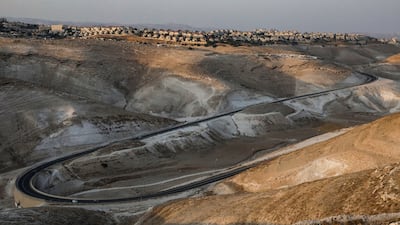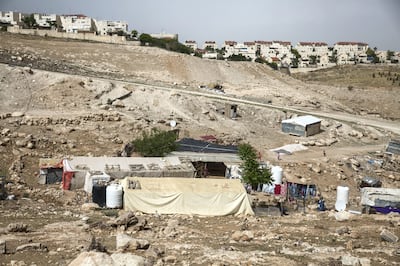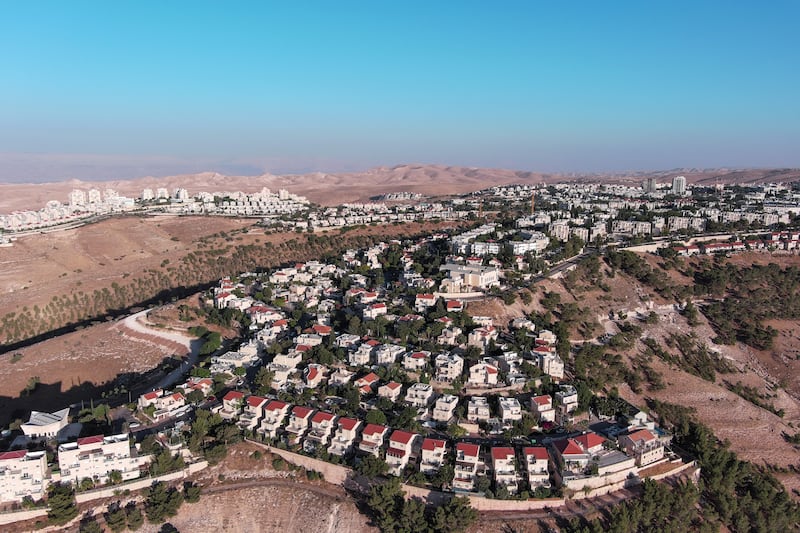Around 7km east of Jerusalem lies a lush settlement known as Maale Adumim, which about 40,000 Israeli settlers call home.
On Tuesday night, a Palestinian man was shot and killed after wounding six Israelis in the town.
Palestinian authorities identified him as 20-year-old Muhannad Al Mazraa from the nearby town of Azariya.
But Maale Adumim is not only the site of the latest escalation between Palestinians and Israelis – it is also an important flashpoint in the wider conflict.
Established by 23 Israeli families in 1975, the settlement has become one of Israel's fastest expanding, with its population having skyrocketed to 20,000 in the first 20 years after it was founded.
According to the B'Tselem rights group, the expansion was fuelled by generous housing subsidies, income tax reductions and low-interest loans.

It was declared an Israeli city in 1991 and is today the largest Israeli settlement in the occupied West Bank, despite UN resolutions that recognise settlements as illegal under international law.
The settlement was built on land originally belonging to Palestinian residents of Abu Dis, the Applied Research Institute of Jerusalem said in an archived article.
“From 1982 onwards, as the colony was prepared by successive Israeli governments and massive state subsidies, the Jahalin Bedouin who had been living there were ordered and physically transferred to another, greatly inferior site which was declared as unfit for human habitation by Israeli environmentalists.”
Threat to the Palestinian State
Prime Minister Benjamin Netanyahu has repeatedly threatened to build a 3,500-unit housing project that would link Jerusalem to the settlement, part of the wider E1 plan. Palestinian rights say that should he go forward with this plan, Mr Netanyahu would effectively kill Palestinians' dreams of statehood.
This is because connecting Maale Adumim and the nearby Kfar Adumim settlements to Jerusalem would split the West Bank, forcing Palestinians to take longer detours via designated roads, as roads linking settlements only allow Israeli-authorised vehicles to pass.

“The geographic location of Maale Adumim also infringes the collective right of the Palestinian people to self-determination. The settlement severs the West Bank at a strategic point, dividing it into two cantons, thus making it impossible to establish a viable Palestinian state with reasonable territorial contiguity,” B'Tselem said in a 2009 article exploring the human rights implications of expanding the settlement.
Today, the fate of the E1 project is unknown after the Netanyahu government cancelled a meeting to discuss the initiative amid international pressure.
“This is an indefinite delay, effectively cancelling the matter,” The Times of Israel reported at the time, citing an unnamed western official familiar with the project.







